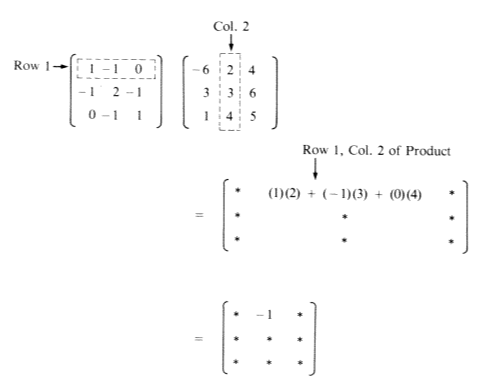Definition 5.1.1. matrix.
A matrix is a rectangular array of elements of the form
\begin{equation*}
A = \left(
\begin{array}{ccccc}
a_{11} & a_{12} & a_{13} & \cdots & a_{1n} \\
a_{21} & a_{22} & a_{23} & \cdots & a_{2n} \\
a_{31} & a_{32} & a_{33} & \cdots & a_{3n} \\
\vdots & \vdots & \vdots & \ddots & \vdots \\
a_{m1} & a_{m2} & a_{m3} & \cdots & a_{mn} \\
\end{array} \right)
\end{equation*}


